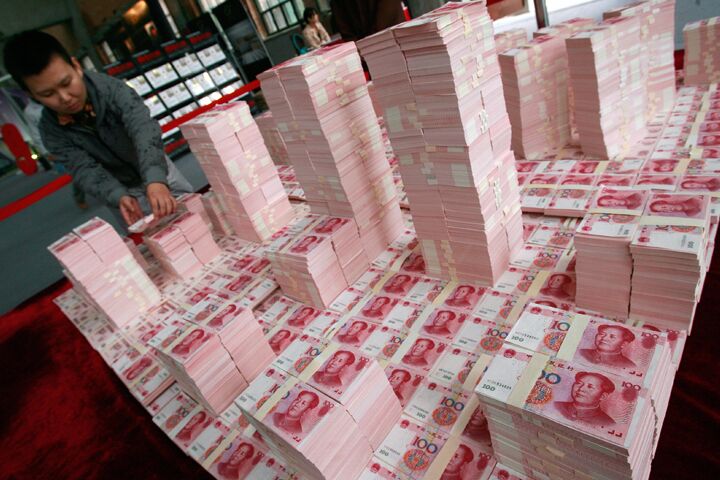
Europe Goes After China on Currency
Last Monday, ministers from the 13-nation eurozone issued a statement for the first time identifying the undervalued Chinese currency as the main cause of concern for Europe’s economic situation.
The yuan was labeled a greater threat than either the falling dollar or the Japanese yen by Jean-Claude Juncker, the chairman of the eurozone finance ministers’ group. “First point China, second point dollar, third point yen,” he said.
The growing economic stresses placed on Europe due to an undervalued yuan were also highlighted by Joaquin Almunia, the EU monetary affairs commissioner, who said that China and other emerging nations needed to “introduce more flexibility in their exchange rate management.”
The European Union is worried about the Chinese currency’s valuation because of China’s growing trade surplus with Europe. China and Europe are the world’s largest exporting nations. A weak currency is seen by many to give manufacturers a price advantage over international competition.
Since 2005, when China pledged to unpeg the yuan from the U.S. dollar, the yuan has fallen by 8 percent against the euro. Over the same period, Europe’s bilateral trade deficit with the Asian country has soared—doubling, according to one measure (South China Morning Post, October 11).
Looking further back in time, China’s growing trade advantage over Europe is even starker. Since October 2000, the yuan has fallen by 35 percent against the euro, but China’s trade surplus with the EU has multiplied 16 times over.
Although Beijing said it was “willing to engage in dialogue and consultation with concerned parties,” Europe’s objections, according to most analysts, are unlikely to produce results soon.
America has been pressuring China for years to allow the yuan to appreciate in value, with limited success.
America has even larger trade deficits with China than Europe does, and U.S. officials have announced their desire for a devalued dollar (and subsequently stronger yuan) to help correct the balance. But the falling U.S. dollar has so far done little to reduce the U.S-China trade deficit because China has worked to prevent the yuan from meaningfully appreciating.
So while the U.S. dollar continues to fall, and China continues to adjust its currency down in tandum, Europe’s exporters are left to feel the brunt of the competitively devaluing currencies of their trade partners.
China has been clear that no big yuan revaluation is likely anytime soon. From China’s perspective, there is certainly no rush to appreciate the yuan since it currently surpluses billions in trade with America—and now, because of the falling dollar, with the EU too.
Tension between China and the EU is heating up. Both are becoming expansionist empires; they will inevitably clash in the future.
International trade and the control over resources between these two manufacturing giants will likely play a role in their conflict.
The falling U.S. dollar is now pushing the EU’s and China’s incompatibility with respect to manufacturing and exports into the limelight.
